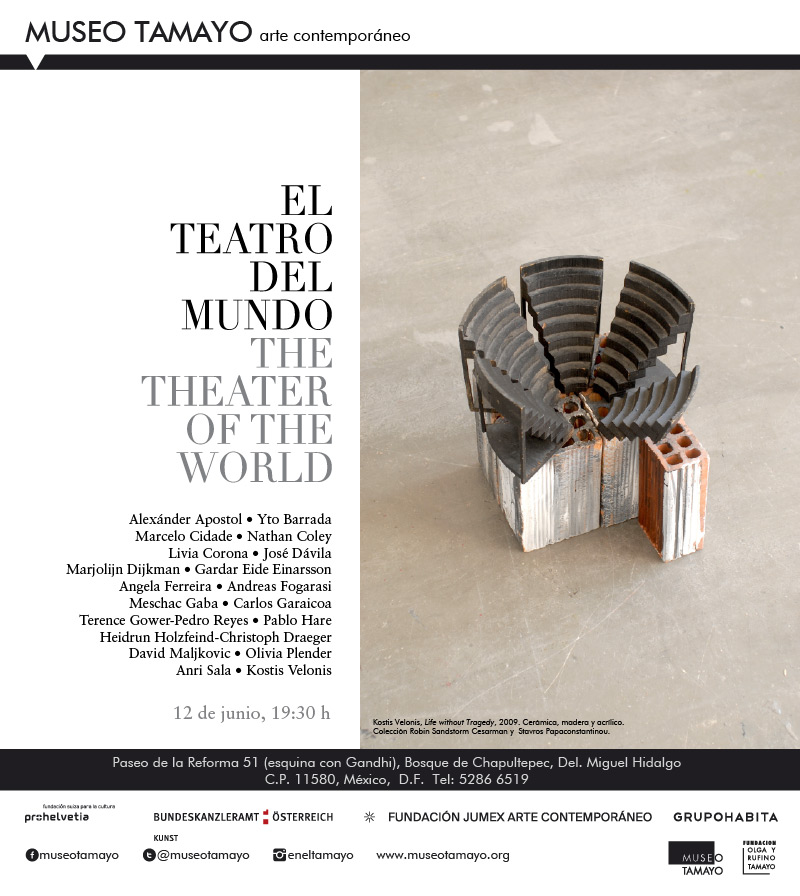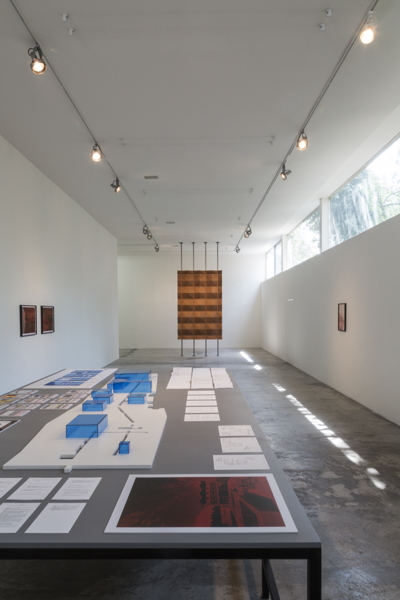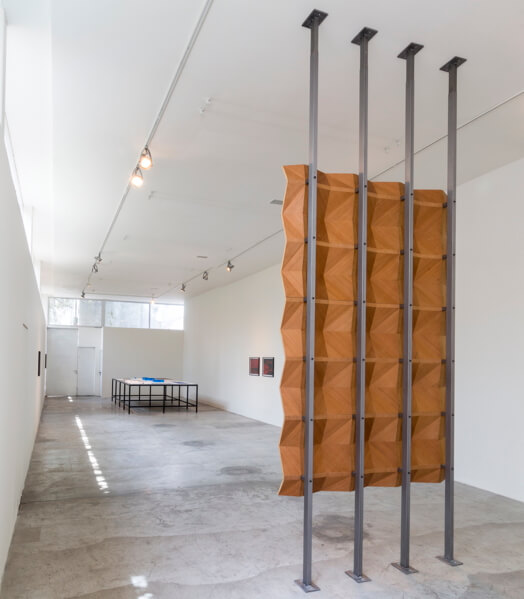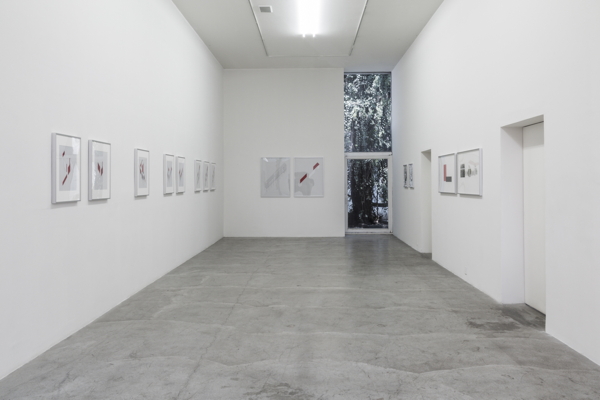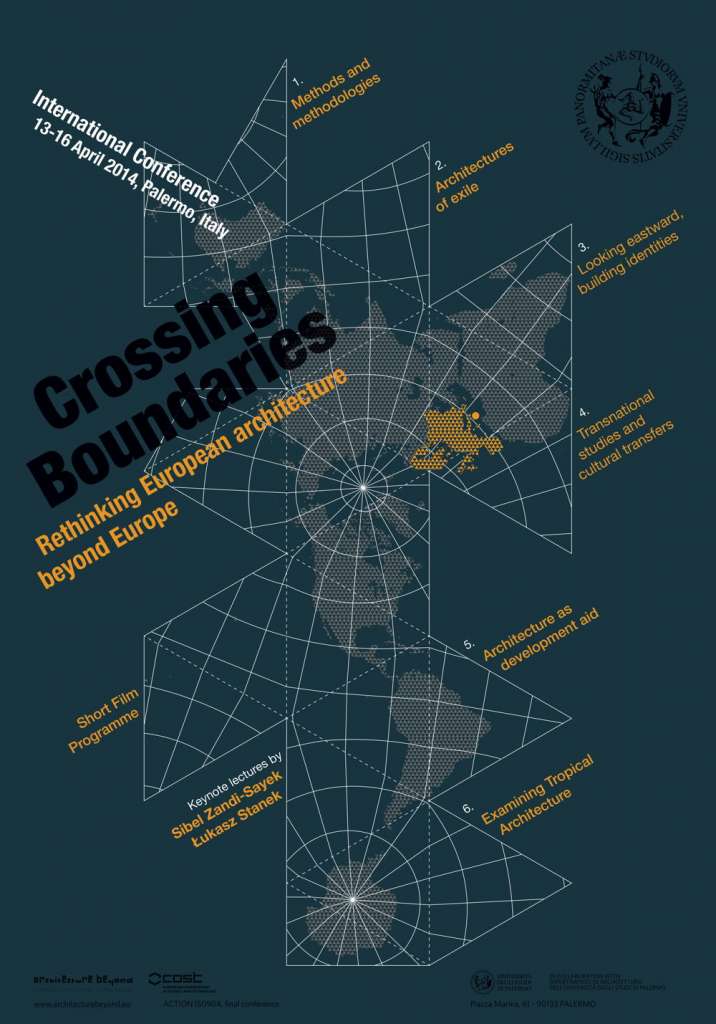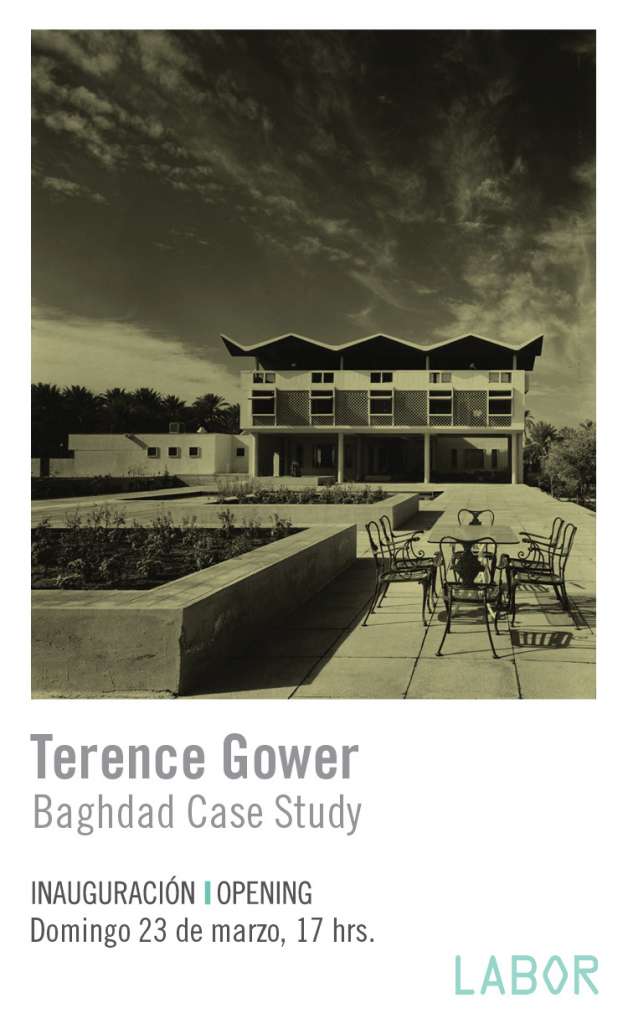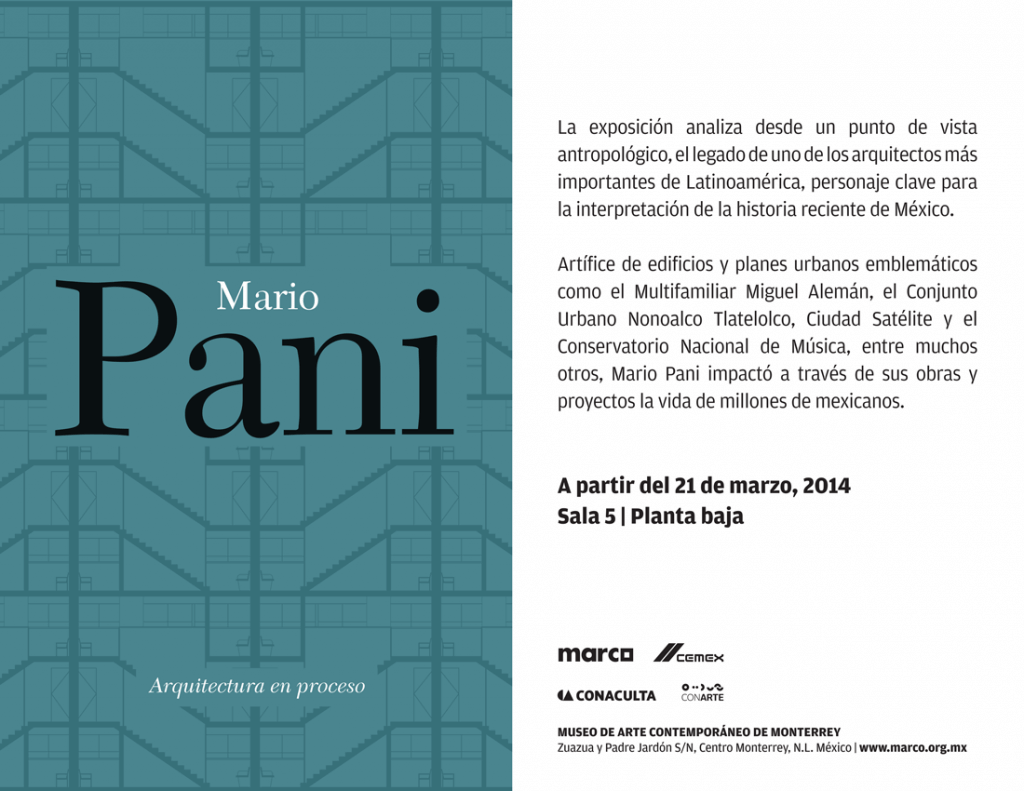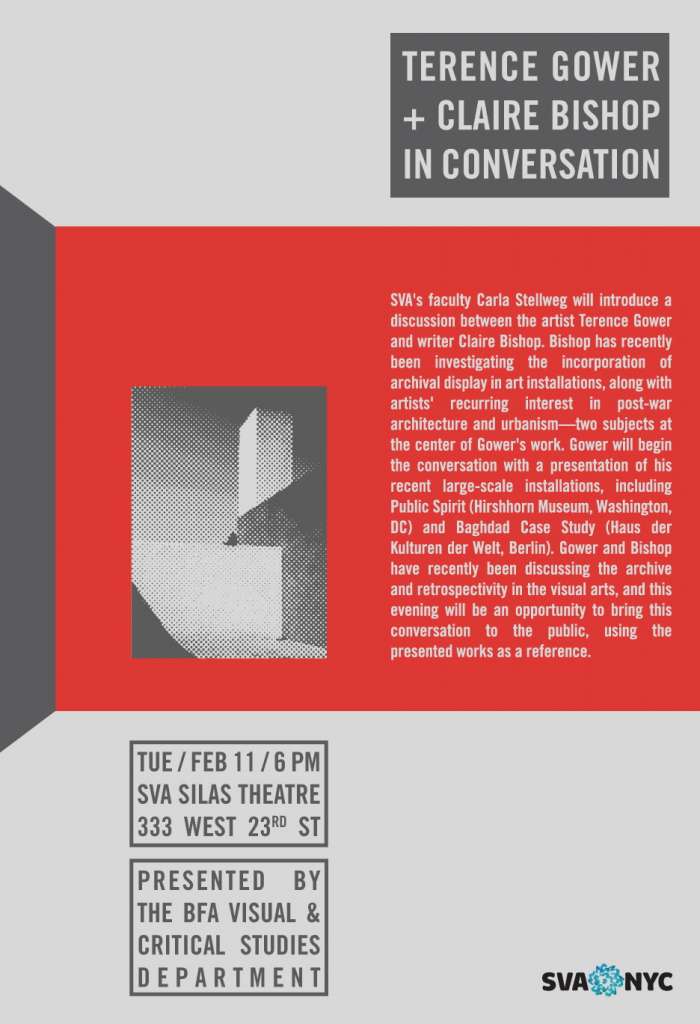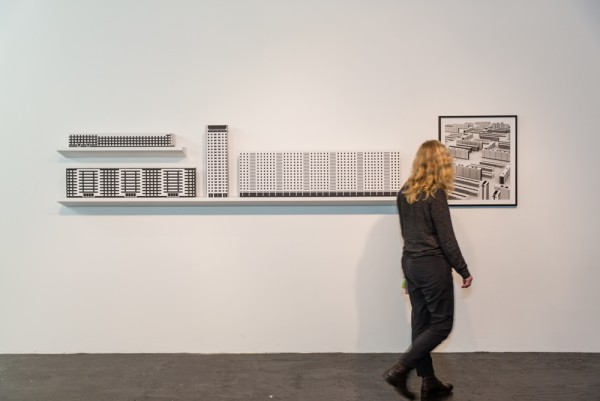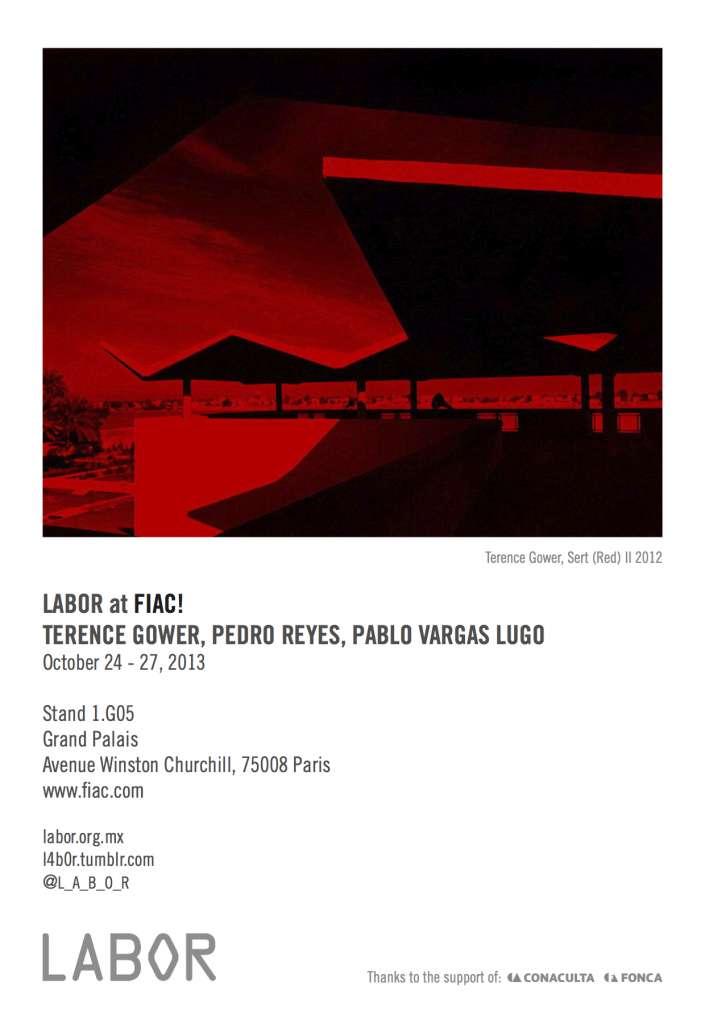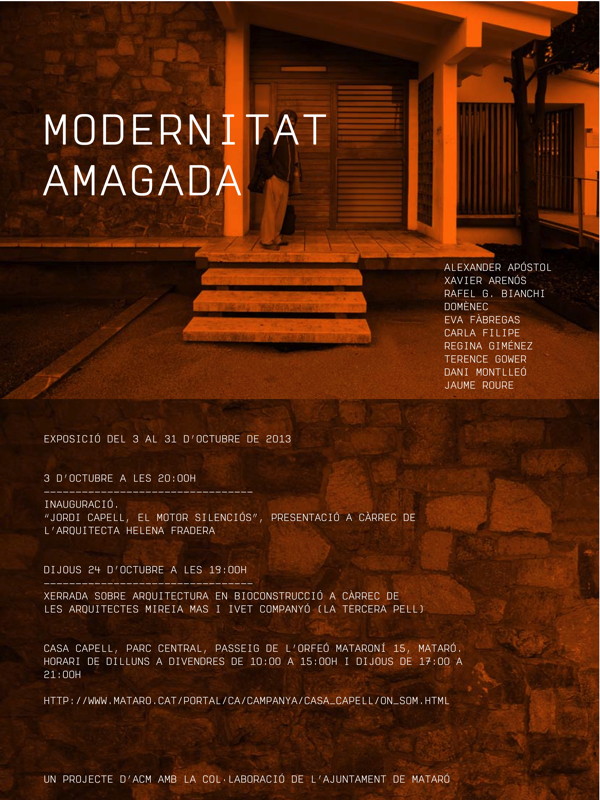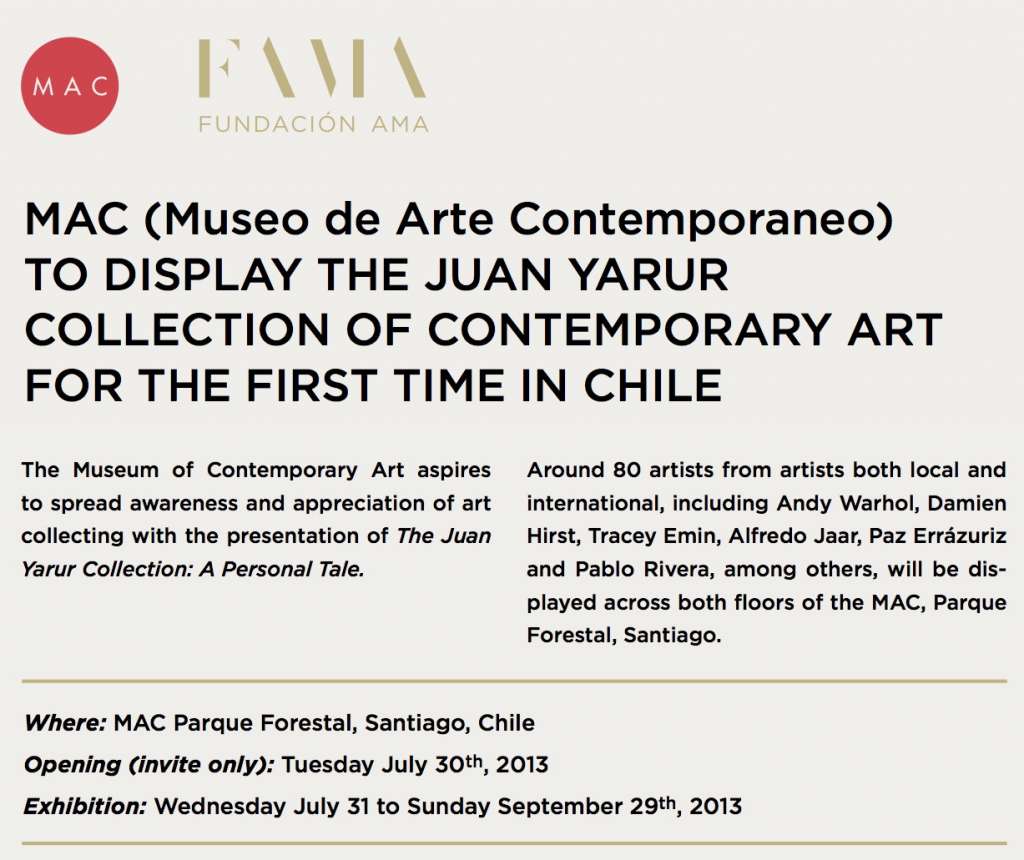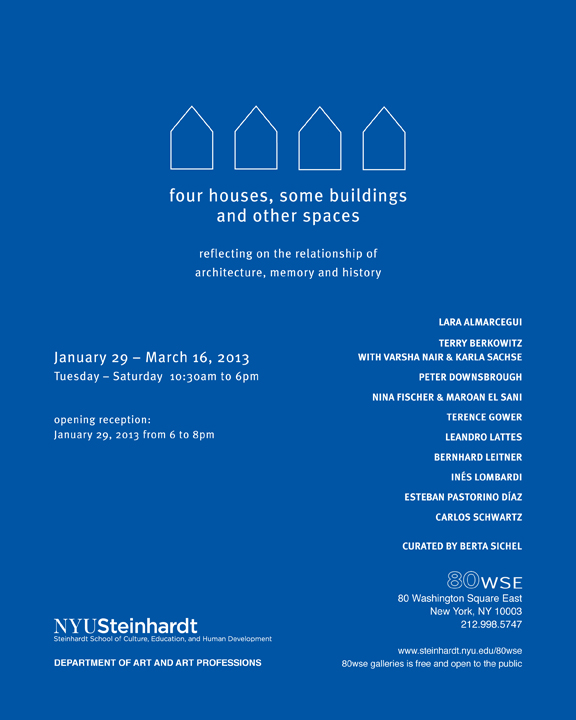Beyond the Supersquare explores the indelible influence of Latin American and Caribbean modernist architecture on contemporary art. The exhibition features over 30 artists and more than 60 artworks, including photography, video, sculpture, installation, and drawing, that respond to major Modernist architectural projects constructed in Latin America and the Caribbean from the 1920s through the 1960s. Beyond the Supersquare examines the complicated legacies of modernism through architecture and thought—as embodied by the political, economic, environmental, and social challenges faced by countries throughout Latin America—through the unique perspective of artists working today. This exhibition is co-organized by Holly Block (New York City) and María Inés Rodríguez (Colombia), and designed by Benedeta Monteverde (Mexico).
Artists in the exhibition include: Leonor Antunes (Portugal), Alexander Apóstol (Venezuela), Alexandre Arrechea (Cuba), Felipe Arturo (Colombia), Alessandro Balteo Yazbeck (Venezuela) and Media Farzin (USA), Alberto Baraya (Colombia), Carlos Bunga (Portugal), Los Carpinteros (Cuba), Jordi Colomer (Spain), Livia Corona Benjamin (Mexico), Felipe Dulzaides (Cuba), Fernanda Fragateiro (Portugal), Magdalena Fernández (Venezuela), Carlos Garaicoa (Cuba), Mario Garcia Torres (Mexico), Terence Gower (Canada), Patrick Hamilton (Belgium/Chile), Diango Hernández (Cuba), Quisqueya Henriquez (Cuba), Andre Komatsu (Brazil), Runo Lagomarsino (Argentina), Pablo Leon de la Barra (Mexico), Maria Martinez-Cañas (Cuba) and Rafael Domenech (Cuba), Daniela Ortiz (Peru), Jorge Pardo (Cuba), Manuel Piña (Cuba), Ishmael Randall-Weeks (Peru), Mauro Restiffe (Brazil), Pedro Reyes (Mexico), and Chemi Rosado-Seijo (Puerto Rico) and Roberto ‘Boly’ Cortéz (Puerto Rico).
María Inés Rodríguez is the Director of CAPC Contemporary Art Museum Bordeaux. Her previous positions include chief curator at MUAC (Museo Universitario Arte Contemporáneo) in Mexico City, and at MUSAC (Museo de Arte Contemporáneo de Castilla y León), Spain, where she was also director of the collection Arte y Arquitectura, as well as guest curator of the Satellite Program at Jeu de Paume, Paris. Currently, she lives and works in Bordeaux.
Posted by Terence Gower on 10 July 2014
